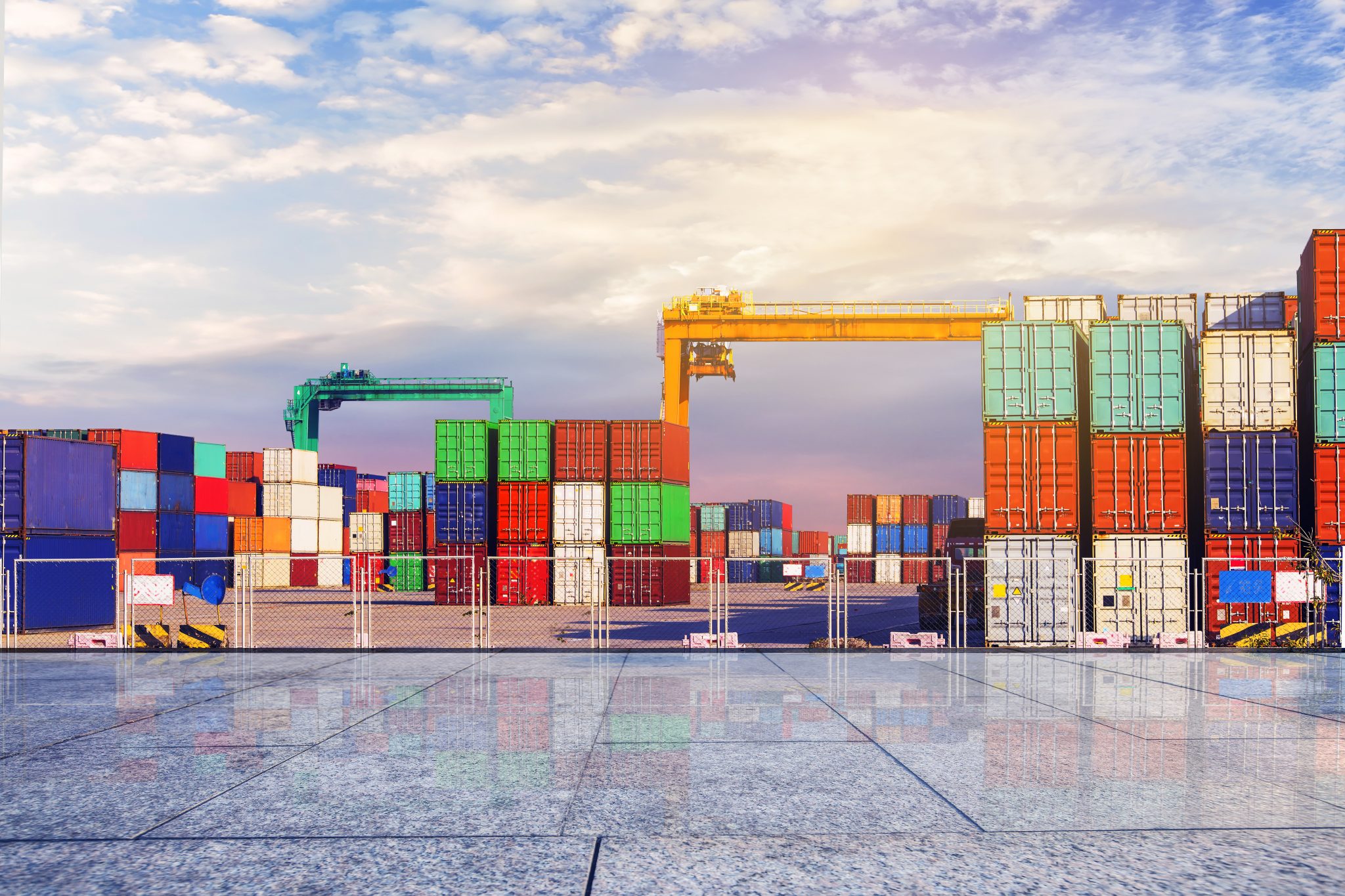Arranging multi-modal transport to Germany requires strategic coordination of sea, air, rail, and road networks to balance cost, speed, and reliability. Knowing how to arrange multi-modal transport to Germany helps exporters navigate complex logistics, meet delivery deadlines, and optimize supply chain efficiency. This guide breaks down the process into actionable steps for seamless cross-border shipping.
1. Choose the Right Transport Modes
Sea + Rail Combinations
Ideal for bulk goods:
- Sea freight: Ship from Shanghai/Ningbo to Hamburg/Bremerhaven (28–35 days).
- Rail freight: Transfer to DB Schenker’s rail network for inland delivery to Berlin/Munich (2–4 days).Example: Textiles from Zhejiang → Shanghai Port → Hamburg → Rail to Frankfurt (total 32 days).
Air + Road Combinations
Best for urgent shipments:
- Air freight: Fly from Guangzhou to Frankfurt Airport (1–2 days).
- Road freight: Use DHL/FIEGE for last-mile delivery (1–3 days).Example: Electronics from Shenzhen → Air to Cologne → Truck to Düsseldorf (total 4 days).
2. Plan Routes and Timelines
Map Key Hubs
- Sea-rail hubs: Hamburg (Europe’s largest rail-connected port), Rotterdam (for alternative routes).
- Air-road hubs: Frankfurt Airport (links to Autobahn network).
Avoid Peak Season Bottlenecks
Schedule sea shipments 8–12 weeks before peak periods (e.g., pre-Christmas) to secure rail slots in Germany.
3. Partner with Integrated Logistics Providers
Use One-Stop Service Providers
Companies like China Top Freight offer end-to-end multi-modal solutions, managing:
- Vessel booking (sea)
- Rail wagon reservations (Europe)
- Customs clearance (both China and Germany)
Leverage Digital Freight Platforms
Tools like CargoWise or Freightos enable real-time mode switching (e.g., divert from sea to air mid-journey due to delays).
4. Streamline Customs and Documentation
Pre-Clear for Faster Transit
- Use Germany’s Zoll Erkennungsnummer system for pre-uploading commercial invoices/HS codes.
- Opt for TIR (Transports Internationaux Routiers) carnets for road-rail shipments to bypass border checks.
Consolidate Documentation
Submit a single set of papers for all modes (e.g., one Bill of Lading covering sea + rail).
5. Track and Optimize Performance
Use Multi-Modal Tracking Tools
Platforms like 17TRACK or Project44 provide end-to-end visibility:
- Vessel location (sea)
- Train schedule (rail)
- Truck ETA (road)
Analyze Mode Efficiency
Compare cost per CBM for sea-rail (\(150) vs. air-road (\)800) to decide based on cargo value/urgency.
6. Manage Costs and Risks
Negotiate Volume Discounts
Commit to annual multi-modal volumes (e.g., 100+ sea-rail shipments) for 10–15% discounts with carriers like Maersk + DB Cargo.
Insure Against Mode Transfers
Purchase all-risk insurance covering delays during mode changes (e.g., missed rail connections in Duisburg).
7. Address Common Challenges
Handle Equipment Mismatches
Ensure containers are compatible with rail/road standards (e.g., ISO 668 for sea-rail transfers).
Mitigate Weather Delays
Build 3–5 days of buffer into timelines for North Sea storms (Oct–Dec) or Alpine snow (Dec–Feb).
In conclusion, learning how to arrange multi-modal transport to Germany requires balancing mode strengths, leveraging digital tools, and partnering with experienced logistics providers. By optimizing route planning, streamlining customs, and tracking performance proactively, you can create a resilient supply chain. For personalized multi-modal solutions to Germany, consider collaborating with experts like China Top Freight, which integrates sea, rail, and road networks for efficient cross-border delivery.Utilize China Top Freight to help solve the problems you are facing. Contact us today to embark on your smooth transportation journey!


